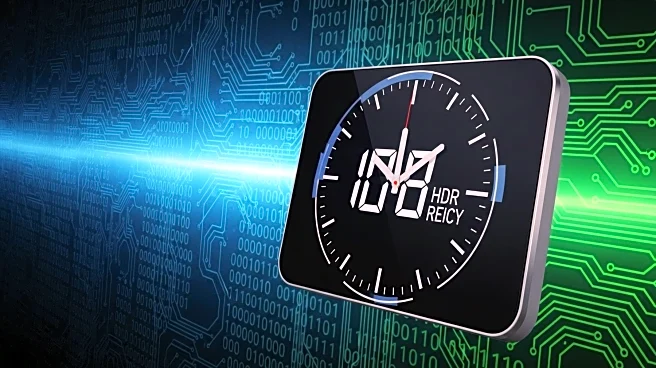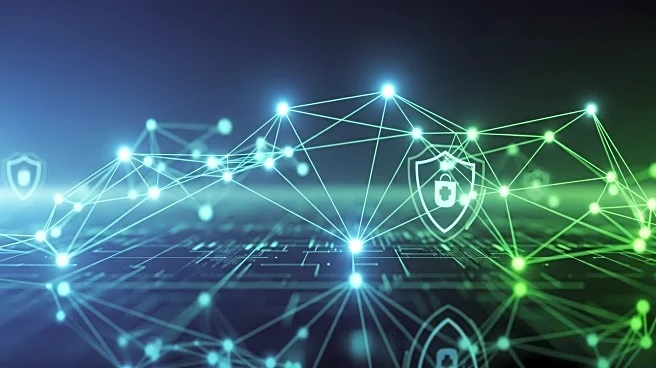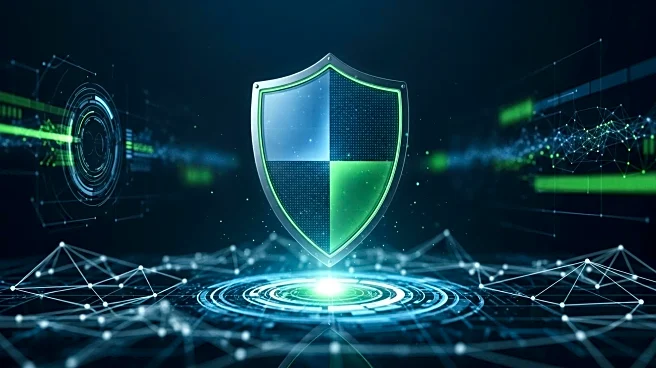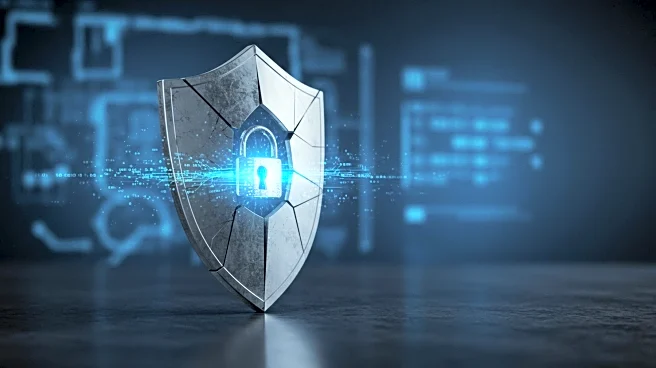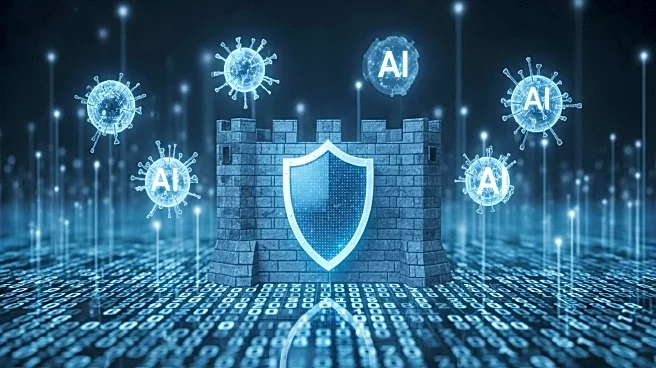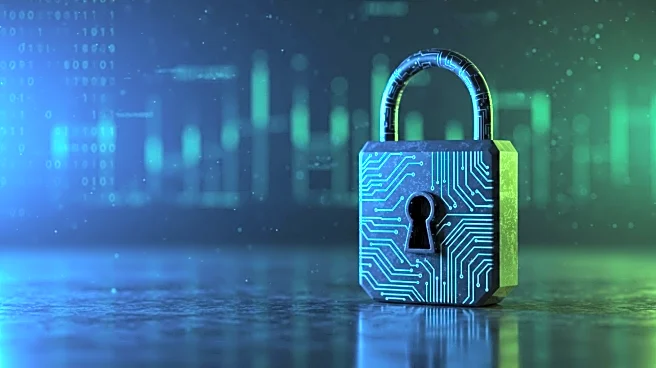Rapid Read • 7 min read
Network security experts are emphasizing the critical role of time integrity in maintaining cyber resilience. A recent analysis has revealed that inconsistent timestamps can allow attackers to bypass security systems, as demonstrated by a case where a remote user authenticated into a system from two different continents within 45 seconds. The issue arose due to broken system clocks, which are often overlooked but can significantly erode an organization's defenses. Experts recommend using authenticated and secure protocols like Network Time Protocol (NTP) or Network Time Security (NTS) to ensure synchronized time and enhance security measures.
AD
The significance of time integrity in cybersecurity is profound, as it directly impacts the effectiveness of security systems. Inconsistent timestamps can create vulnerabilities, allowing attackers to exploit gaps in defenses. By ensuring synchronized time, organizations can sharpen alerts and safeguard their resilience against cyber threats. This approach not only strengthens security but also translates cyber risk into business opportunities, as highlighted by trusted advisors in the field. The focus on time integrity is crucial for industries like financial services, where security breaches can have severe consequences.
Organizations are expected to adopt more secure time synchronization protocols to enhance their cyber resilience. This shift may involve investing in technologies that ensure time integrity and training staff to recognize the importance of accurate timestamps in security systems. As awareness grows, businesses may also seek guidance from cybersecurity experts to implement best practices and mitigate risks associated with broken system clocks.
The emphasis on time integrity in cybersecurity highlights a broader trend towards addressing subtle security gaps that can have significant impacts. This focus may lead to increased collaboration between cybersecurity professionals and executive teams to build high-performing security cultures. Additionally, the integration of time synchronization protocols could drive innovation in cybersecurity technologies, offering new solutions to protect against evolving threats.
AD
More Stories You Might Enjoy


